

Damion Smy
Suzuki Fronx scores one-star ANCAP rating after seatbelt failure
3 Hours Ago
SPONSORED: From a pure design perspective, there are few current EV makes and models that can boast such an intense design gestation period as the Hyundai Ioniq 6.

Senior Road Tester


Senior Road Tester
SPONSORED
From a pure design perspective, there are few current electric cars that can boast such an intense design gestation as the Hyundai Ioniq 6.
No less than three years of creative brainstorming along with significant engineering and design challenges were overcome to produce both a thoroughly cutting-edge EV, and an aerodynamic masterpiece in the process.
Drawing inspiration from the likes of forgotten 1940s concept cars, planes, trains, high-speed racers and even the world’s fastest bird, the ‘streamliner-inspired’ Ioniq 6 is an EV that puts passenger comfort and efficiency at the forefront of its electric vehicle proposition.
There’s nothing quite like it in the more affordable category of battery electric vehicles that includes models such as the BMW i4, Polestar 2, and Tesla Model 3.
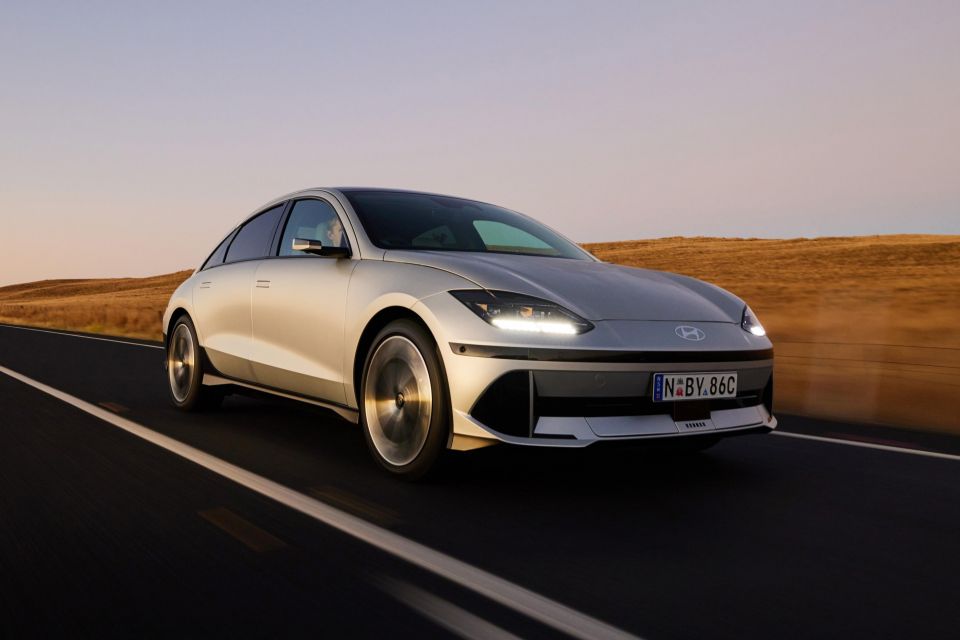
“It’s not a sedan or a four-door coupe, it’s a ‘streamliner’. A new typology because we deliberately wanted to create that uniqueness and emotional appeal,” Simon Loasby, head of Hyundai styling, told CarExpert in 2022.
Loasby also said he was inspired by anything streamlined – including the Porsche 911, which was all about streamlining from its earliest iterations.
“Look at the shape of a Peregrine Falcon when it’s in a high-speed dive. Up to 389km/h is the top recorded speed of that bird, and if you look at the shape and the curvature of the bird, we’re effectively learning from nature.
“But we didn’t stop there, we went through 38 months of creative collaboration with our creative teams around the globe looking at train design, plane design, speed record car design, as well as streamliner designs of the ’40s which would help us realise the best possible functional efficiency and aesthetic efficiency for the car.”
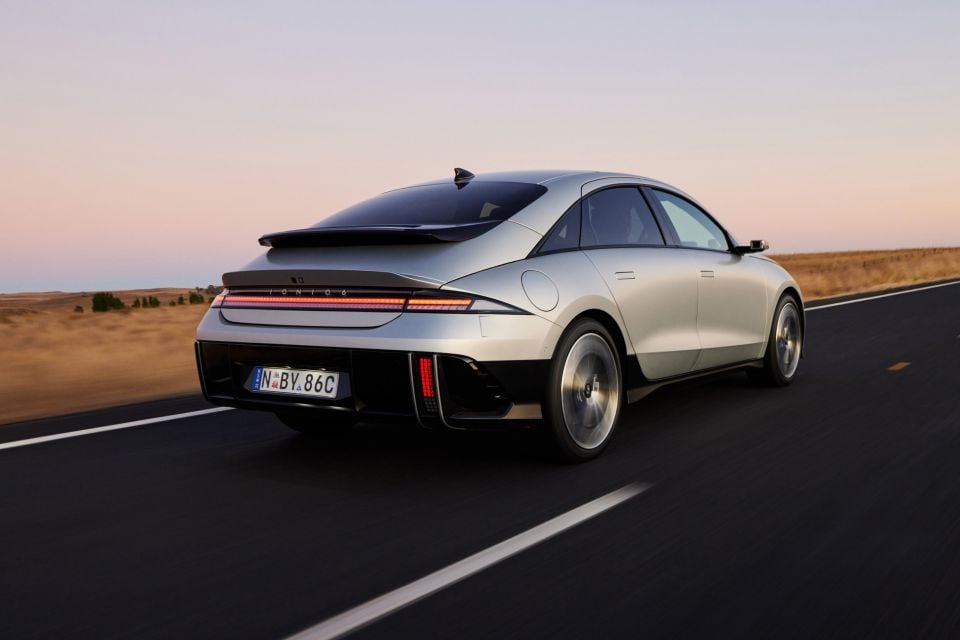
There’s a whole suite of aerodynamic instruments at play for the Ioniq 6, from the low nose, active front air flaps, wheel gap reducers, and super-slim digital camera-based side mirrors that count towards the car’s class-leading efficiency.
Those cameras are regarded as the best in the industry given their wide view, crisp clarity, and ideal positioning in relation to the driver.
Other factors like the rear winglet, boat tail, specialised bumper separation traps, and flat underbody combine to create a remarkable drag coefficient of just 0.21.
To put that into perspective, rivals like the strong-selling Tesla Model 3 rate at 0.23, and it’s only the high-end Mercedes-Benz EQS that’s slipperier than the Hyundai with a 0.20Cd.
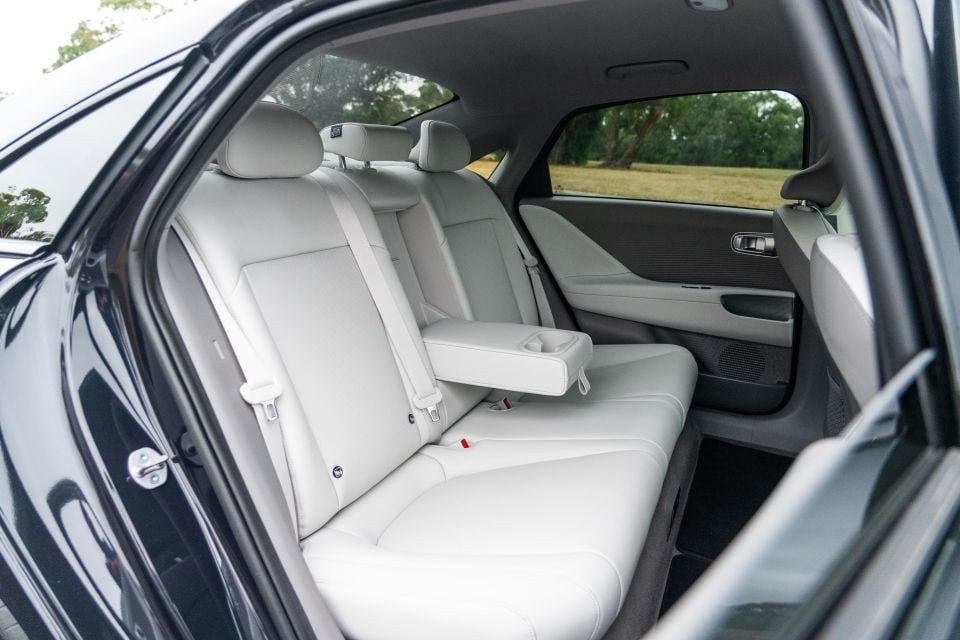
Measuring 4855mm in length and 1880mm wide the Ioniq 6 also offers limo-like space, especially for those sitting in the rear seats.
While it might be modelled on period streamliners, it’s thoroughly futuristic boasting hundreds of pixel lights (front, rear, and side) that clearly distinguish Ioniq 6 from any other EV currently produced anywhere in the world.
However, it’s a design that wasn’t without its challenges. Take the seats. They’re 30 per cent slimmer all around – that’s from the seat and seatback to give more personal space to each passenger.
Even with the designer’s rigid adherence to space and its low-slung silhouette, rear seat headroom is still plentiful. Anyone up to 193cm tall has enough space to get comfortable, while rear legroom is substantial for those of average height.
“Not only have we sculpted out the door cards to give shoulder and elbow room for passengers in both seat rows, but we’ve also removed all the switches from the doors so that there’s nothing there that might impede space and comfort,” Mr Loasby added.
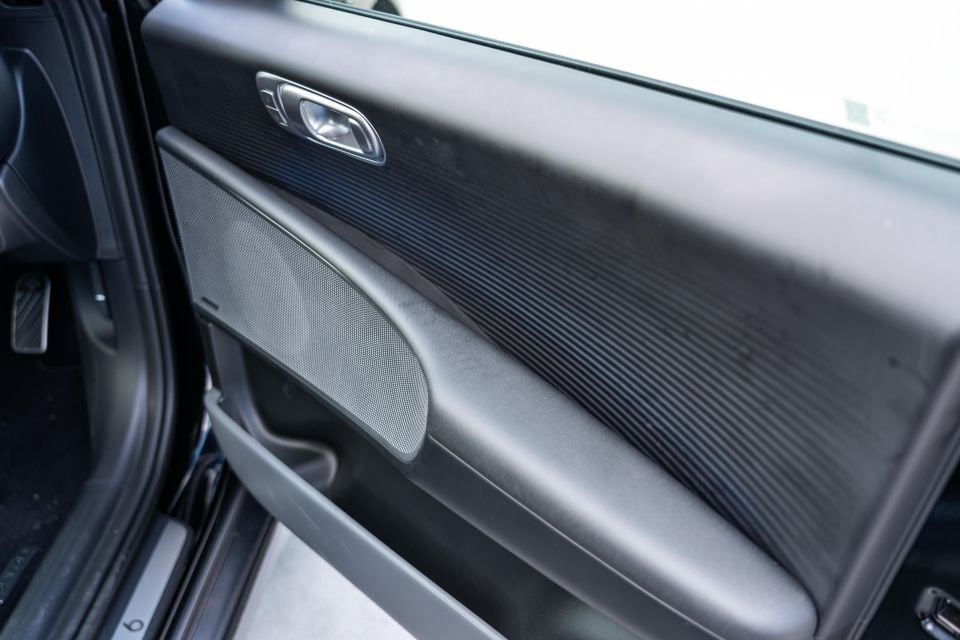
“And as well as the three-dimensional surface on the doors that fades out the ambient illumination projects downwards so you can see what’s in the door pockets at night,” he said.
While the swoopy rear-end of the car might suggest a hatch or lift back, there is an entirely good explanation of why it’s a traditional boot, according to Loasby.
“When we put the hinges in the rear of the roof, we found we were losing so much headroom and we simply didn’t want to compromise on that, so it’s a balance between the elements of the streamliner shape and interior space.
“If we went any higher in the roofline, we can’t detach the flow in the right place to give us the range through aerodynamics. We had to prioritise the Streamliner shape and drag coefficient ahead of going in any other direction.”
The Hyundai Ioniq 6 is bookended by the entry-level RWD with a 53kWh battery pack from $65,500 before on-road costs, and the range-topping Epiq AWD with a 77kWh battery from $85,500 before on-roads.
Anthony Crawford is a CarExpert co-founder and senior presenter with 20+years in automotive journalism and content creation.


Damion Smy
3 Hours Ago
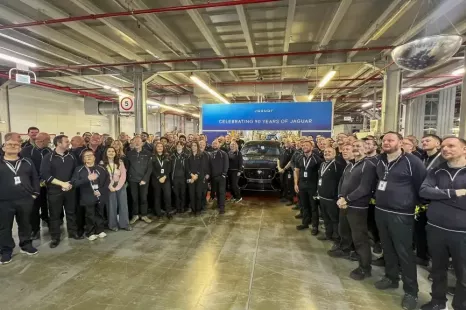

Damion Smy
6 Hours Ago
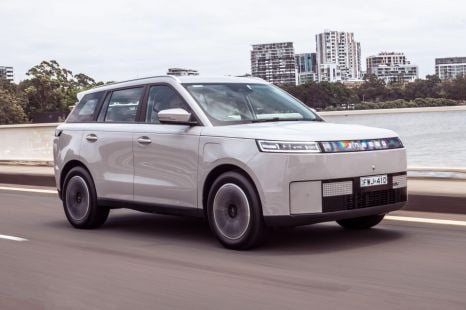

Josh Nevett
8 Hours Ago
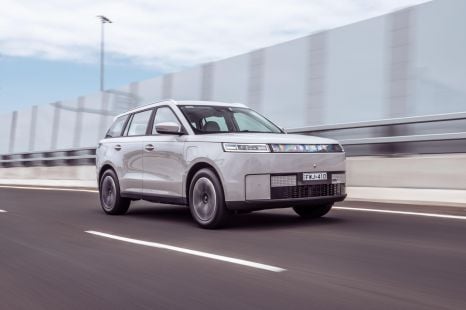

Josh Nevett
8 Hours Ago
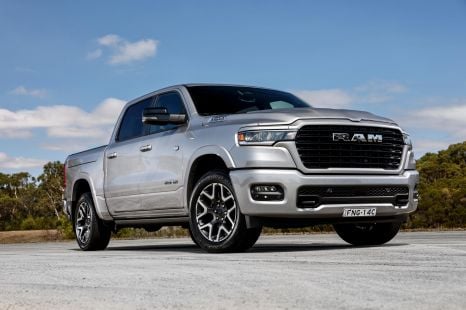

Damion Smy
9 Hours Ago
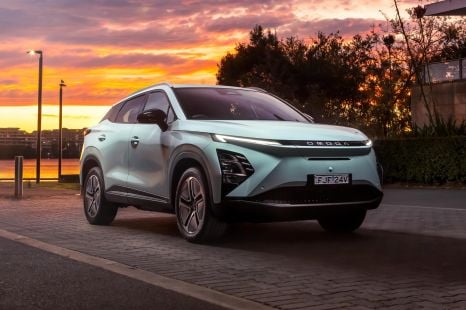

CarExpert.com.au
9 Hours Ago